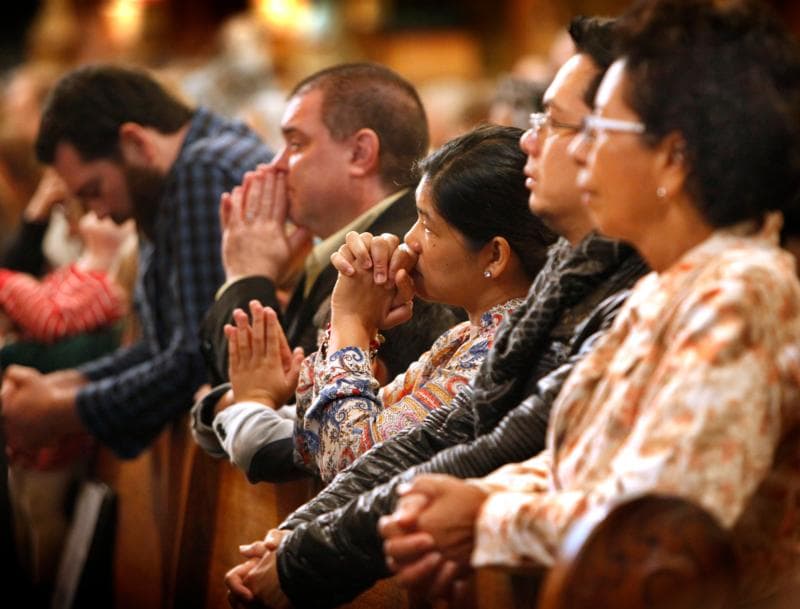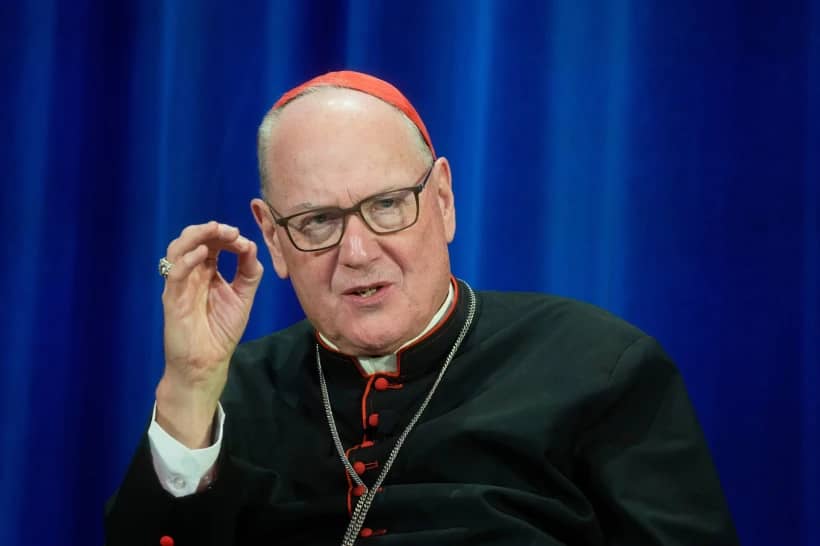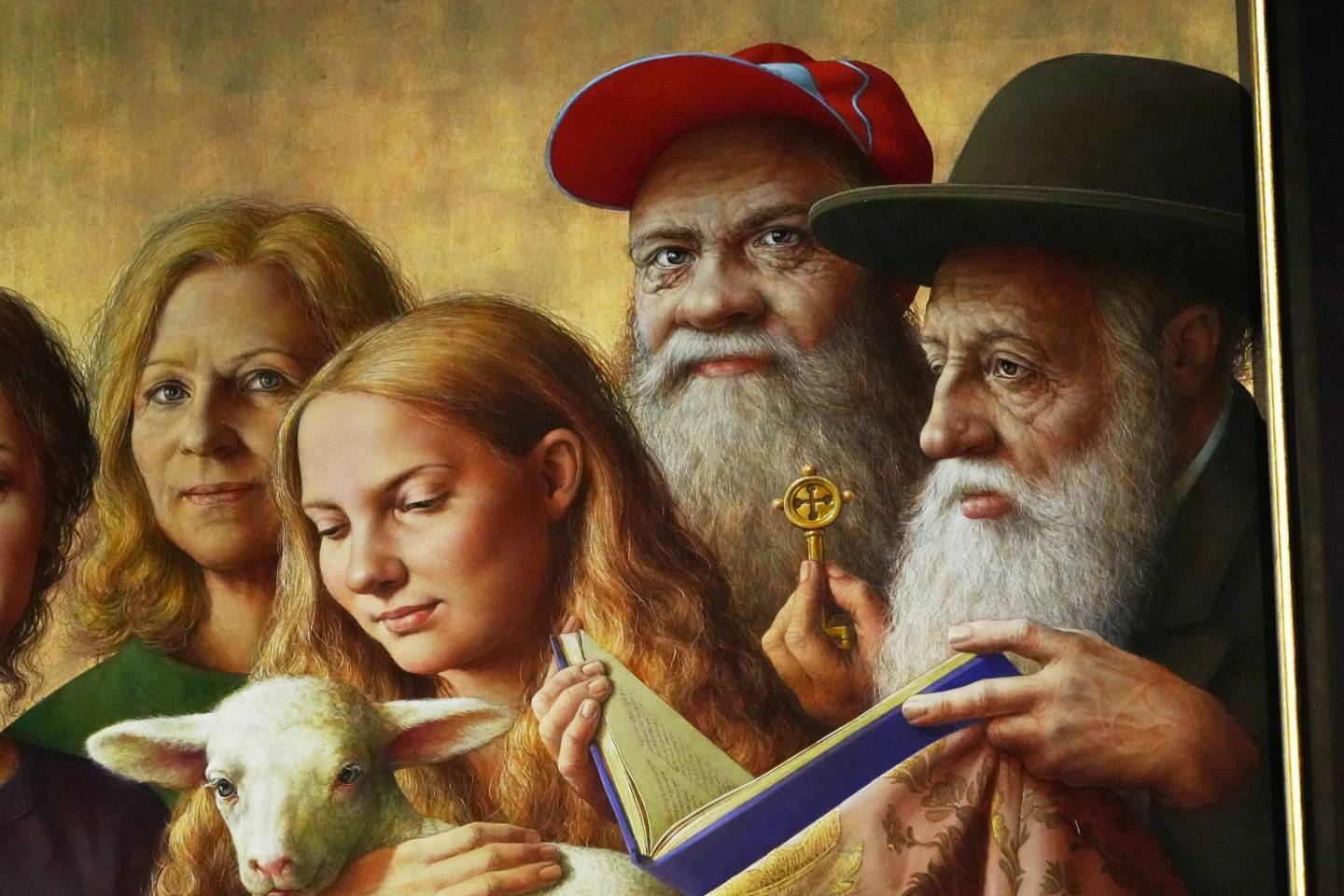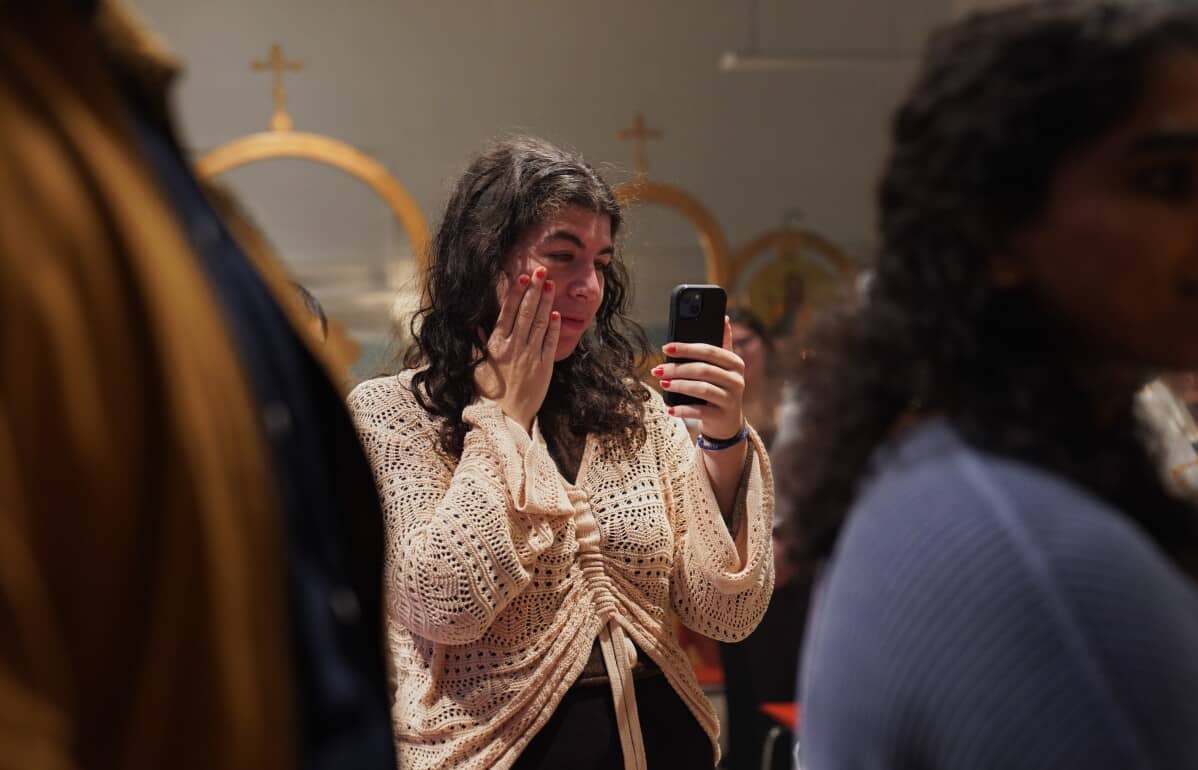BURLINGTON, Vermont — During the summer of 1988, Chicago’s St. John Cantius Church was in crisis.
The parish that formerly ministered to a vibrant Polish community saw its neighborhood transformed across several decades into a seedy district with mostly commercial properties. The large church, which used to welcome hundreds of worshippers each Sunday, saw about 70 congregants each week.
However, the arrival of Resurrectionist Father Frank Phillips as pastor in August 1988 marked a turning point for the parish. Phillips reignited St. John Cantius through dedication to the Church’s liturgical tradition, building a center of music and worship where Catholics from across the region come to pray.
Today, the parish hopes to address a crisis they see in the Church — the declining number of U.S. Catholics who attend Mass — with the same ideas as their former pastor: A commitment to authentic and aesthetically-pleasing liturgy, grounded in the Church’s tradition.
“The entire life of this parish revolves around the sacred liturgy,” said Father Dennis Kolinski, who works at the parish. “The sacred liturgy has to be as beautiful and as reverent as you can make it, because this is the worship of the almighty, triune God. He deserves everything the best.”
Kolinski is one of the Canons Regular of St. John Cantius, an order founded by Phillips in 1998 to safeguard the parish’s liturgically-driven mission. Phillips was removed from the parish in 2018 after credible allegations of misconduct with adult men.
The parish offers four Masses each Sunday: An English and a Latin version of both the Extraordinary and Ordinary forms. All but one of the liturgies are sung, Kolinski said, demonstrating the importance of music in liturgy.
“Music is not just an add-on,” Kolinski said. “Music, from early on in the Church, has always played a vital role in the expression of the liturgy.”
In addition to its weekend Masses, the parish also celebrates liturgies during the week. One highlight is “Quo Vadis,” a group for young adults ages 18 to 35 who attend Mass, Confession, and Night Prayer every Wednesday evening, followed by an activity. The group has over 150 members, according to the parish website.
Kolinski says the parish’s large number of families with young children speaks to traditional liturgy’s effectiveness at drawing in a generation that some parishes struggle to attract.
“Young people today are looking for truth, they’re looking for beauty, they’re looking for authenticity, and they want to be challenged,” Kolinski said. In traditional liturgy, “there’s something that really draws them in.”
Brother Andrew Panzer, one of the Canons Regular at the parish, experienced that ‘drawing in’ firsthand. Growing up in a typical American parish, he thought of church music as “nice little ditties,” and separate from the “real” music he studied in college.
“When I went to St. John’s, it was like my category for church music was blown out of the water,” Panzer said.
Panzer was struck by the way St. John’s incorporated chant and orchestral music into the Mass.
“I didn’t realize that music like that could be in a church setting, could actually be used in the liturgy,” he said.
While St. John Cantius offers different types of liturgy, Kolinski said it’s not a source of division among parishioners.
When St. John’s first offered the Extraordinary Form, Catholics stuck to whichever Mass form they preferred, and were wary of going to the other. Over the years, however, parish-wide events brought people together and fostered a wider sense of community.
“They get together and they help organize,” Kolinski explained, “and they get to meet each other. And little by little, they find out the other group are really nice people.”
The goodwill means parishioners do not always stick to the same form of the Mass.
“People cross over all the time,” Kolinski said. “There aren’t these separate camps…we’re a parish that works together, lives together, and worships together.”
While Kolinski said other parishes could learn from St. John Cantius, he stresses that there’s no silver bullet to the success of the church. Instead, an approach to parish life that prioritizes worship will foster a thriving community.
“The reason the Church exists is to worship the almighty God, and to offer the Holy Sacrifice” Kolinski said, adding that Pope Benedict XVI called inattention to liturgy ‘the deepest cause’ of the crisis in the Church.
“It can be a simple liturgy, but if it’s beautiful, if it’s reverent,” he said, “it gives greater glory to God.”














